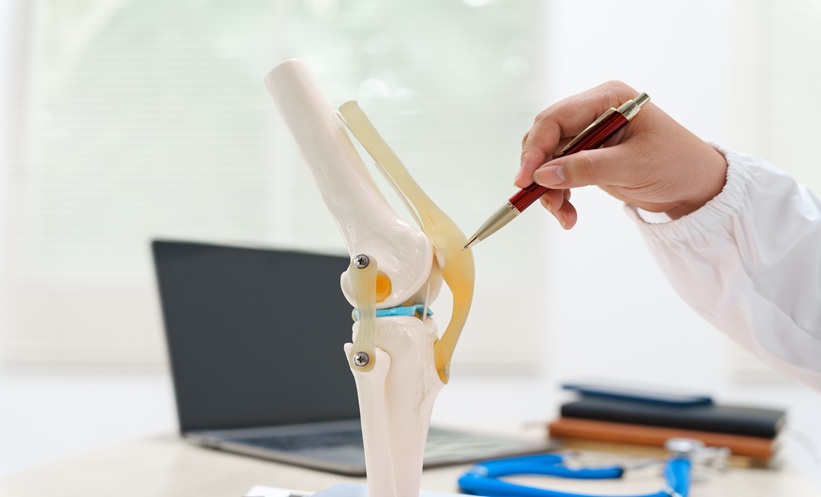PRESCRIBED opioids for pain relief have become increasingly common in recent years. In a new study presented at the Osteoarthritis Research Society International (OARSI) 2022 World Congress, speakers shared concerning insights into high rates of opioid use, specifically in patients with osteoarthritis (OA) before undergoing total knee arthroplasty.
This retrospective study used data from the US Military Health System (MHS), analysing the records of 46,362 individuals with a mean age of 65 years who underwent a knee replacement procedure between January 2017 and December 2018. The aim of the research was to uncover the frequency of prescription opioids in this group of individuals. Out of the thousands of individuals in the sample, 52.9% had prior opioid use, regardless of opioids not being recommended for pain relief in patients with knee OA.
Daniel Rhon, Director of Musculoskeletal Outcomes Research, San Antonio Military Medical Center, Texas, USA, informed the congress that 40% of the individuals who were prescribed at least one opioid for the management of their OA were given a high potency drug, such as oxycodone.
Rhon shared his thoughts on the discovery during the congress: “Most of these individuals are getting these opioid prescriptions probably within 6 months, which maybe aligns with escalation of pain, and maybe the decision to have that knee replacement.” On average, patients that used opioids had a recent prescription 146 days before total knee arthroplasty surgery.
From studying the retrospective data, it is unclear why opioids were prescribed. Rhon asserted that these results were worrying, and that a future study should be conducted to get a better understanding of why doctors were prescribing opioids to manage pain in OA and whether patients were encouraging this.
Comparatively, studies from other countries, such as Australia, have also shown an increase in opioid use for OA management, but not to the extent of the study presented at this congress. This issue warrants further attention and research in order to understand the high use of opioid use in managing OA, especially right before knee replacement surgery, and to discover alternative pain relief for patients.








